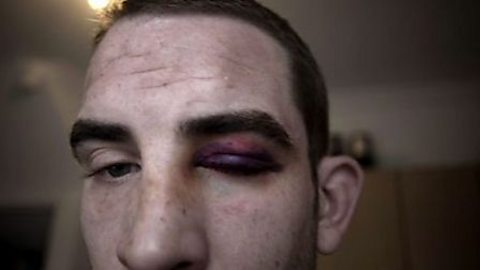This is the story of your creation. It began with a sperm, the smallest cell in the human body, fusing with the biggest cell… an egg.
Every day, the human male produces hundreds of millions of DNA torpedoes, otherwise known as sperm. Each ejaculation can contain 250 million of them. That's enough, at least in theory, to cover every inch of Manhattan with people. Fortunately, the human female has other ideas. For her, it's quality, not quantity. Her ovaries usually produce just one egg every month.
The process of reproduction is so complex, it's a wonder it happens at all. Most of the time, the sperm die in a pool, trapped inside the vagina. Because the entrance into the womb, through the cervix, is out of reach, blocked shut. For the sperm to have a chance of getting in, timing is everything. There are just a few days in any month when the woman's body offers them an opportunity. Hormones soften the blockage at the entrance to the cervix. Transforming it from a barrier into a life line.
But the sperm have to be strong to make the 15cm journey. It's a long way for the smallest cell in the body. The straighter and faster they can swim, the better chance they have of making it. The deformed, lazy, and the dead are left behind. And, of course, the more fit sperm you have, the greater the chance of success. If 250 million sperm began the journey, only 1%, that's two and a half million, will make it through to the cervix. As they swim out of the vagina, they're just at the beginning of a long and perilous journey.
The woman's body is about to launch an attack. They have entered the cervix - a labyrinth of dead ends, perfect for an ambush. The sperm have triggered the body's defence system. White blood cells have recognised the sperm as a foreign invader and, just as they would if they were fighting an infection, they've been mobilised to kill. They attack the sperm as they swim through the cervix and into the uterus. By the time the surviving sperm reach the fallopian tube, where they are safe from the white blood cells, there could be as few as 20 left. They will be 20 of the very best on offer.
Here, scientists have recently discovered that the woman's body has come up with an amazing trick. She takes control of the sperm by holding them, one by one, on the walls of her fallopian tube. She then powers them down. They're alive, safe, but fast asleep. The woman now has up to five days to release the precious egg growing inside her ovary. As soon as it's ripe, the egg is released. And it's wafted into the opening of the fallopian tube.
Once the egg is ready and waiting, it's time to wake up the sleeping sperm… Sending out a powerful chemical beacon, the egg guides the sperm in. It's the precursor of every new life. The sperm - some male, some female - compete to reach the egg. But there can be only one winner. The competing sperm break off the surrounding cloud of cells. Until one finally pushes through the soft shell underneath. The egg is now in danger. If a second sperm gets in, the egg will die. It must protect itself - and quickly. Under the shell, tiny granules detonate in a chain reaction. Firing out chemicals, hardening the shell, making the egg impenetrable. Fertilised, the egg is now safe.
This was how we all began. You truly are an amazing creation.
Video summary
This short film uses CGI footage to help give a visual description of the process of human fertilisation, following the journey of both sperm and egg.
CGI graphics provide a brilliant insight into the topic and includes research along with the key facts and processes that students need to know.
Some key elements of ejaculation, ovulation, monthly cycles and fertilisation are mentioned.
This short film is from the BBC series, Inside the Human Body.
Teacher Notes
Sexual reproduction in humans could be compared to that of other organisms and to asexual reproduction.
Encourage the class to research and discuss different methods and relate these to success rates and species survival.
Students may find it useful to create flow diagrams that describe the different processes that have to occur for each type of reproduction to succeed.
This should inform their comparisons.
The video above was made in 1998.
This short film will be relevant for teaching biology at KS3 and KS4/GCSE in England, Wales and Northern Ireland and National 4/5 in Scotland. Appears in AQA, OCR, EDEXCEL, CCEA, WJEC, SQA
How humans see. video
This short film looks at how humans perceive the world and how our brain creates an image of what is around us. A real-life example of a blind climber who uses his tongue to see is shown.
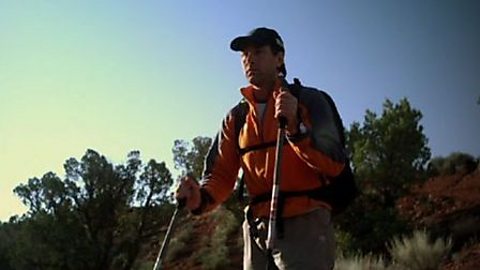
Human circulation. video
This short film takes us on a journey around the circulatory system using the example of a baby's first breath.
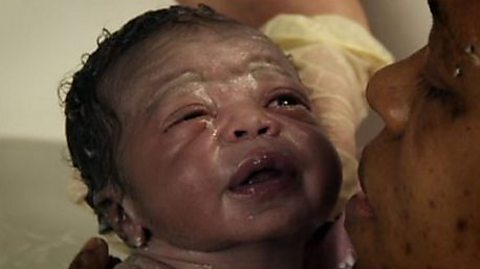
Human circulatory and digestive system. video
This short film offers a look at respiration and a tour around the circulatory system and digestive system in the human body, through blood vessels and into mitochondria.
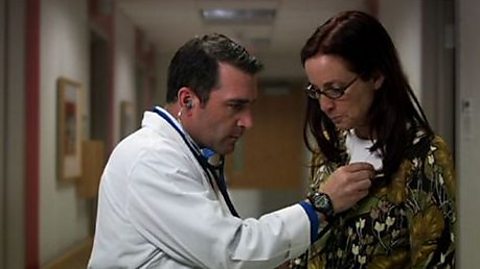
The human eye. video
This short film offers a depiction of the inner workings of the human eye by combining CGI with a real life story of divers who can see clearly underwater.
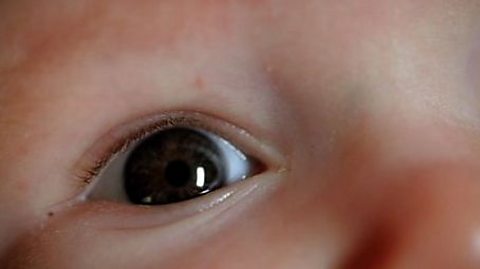
Pregnancy and multiple births. video
From a single fertilised cell to a fully grown baby, this short film mixes CGI with real-life images to paint a picture of how we develop inside the womb.
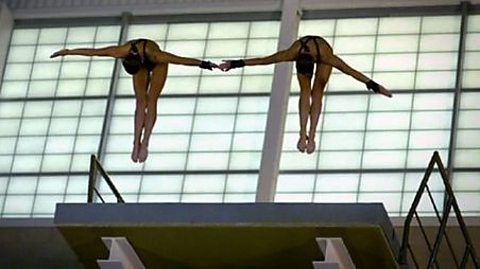
Skin - defend and protect. video
This short film provides a close-up look under your skin, focusing on two key functions of the skin - protecting the body from pathogens, and stopping the body from drying out.

Skin and sweating. video
This short film combines CGI images with a real life story about a fire-fighter to show how the body manages to control temperature by sweating.
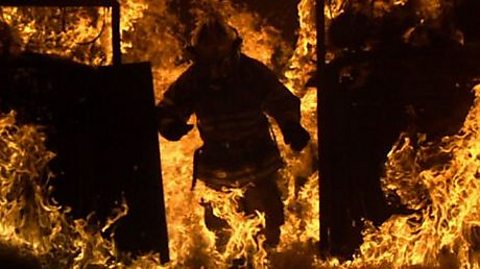
The human ear. video
This short film provides a journey into the ear, looking at hearing and balance, plus a real-life example of how the ear helps us to walk.
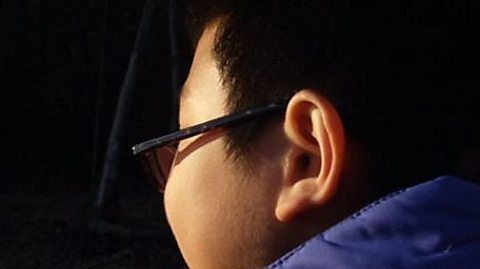
The human eye. video
This short film offers a depiction of the inner workings of the human eye by combining CGI with a real life story of divers who can see clearly underwater.

The human heart. video
This short film uses 3D CGI images to show the movement of blood through the chambers of the heart and also the pacemaker cells.
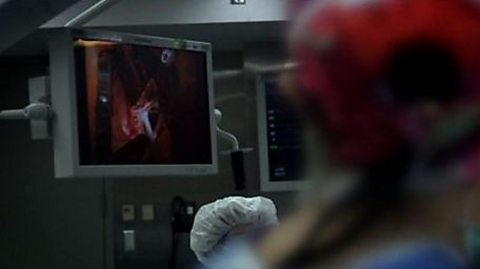
How humans heal themselves. video
This short film offers a look at how the body heals itself. Combining CGI scenes with real life action in the boxing ring, it follows the progress of a boxer's black eye.
